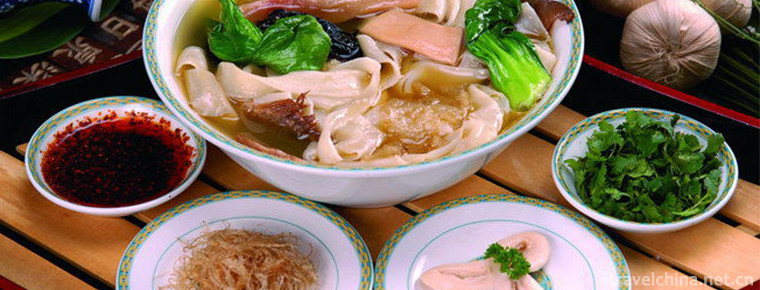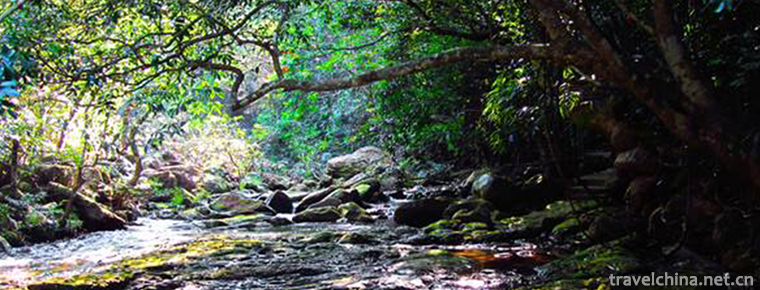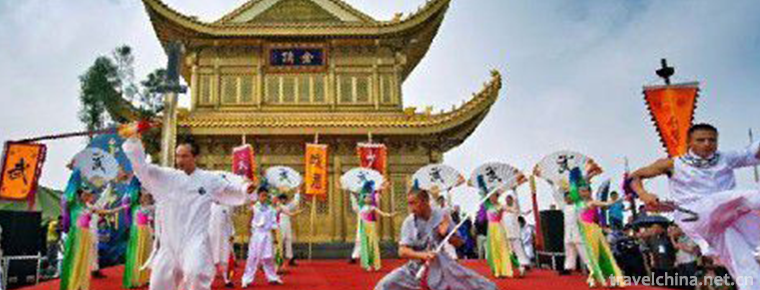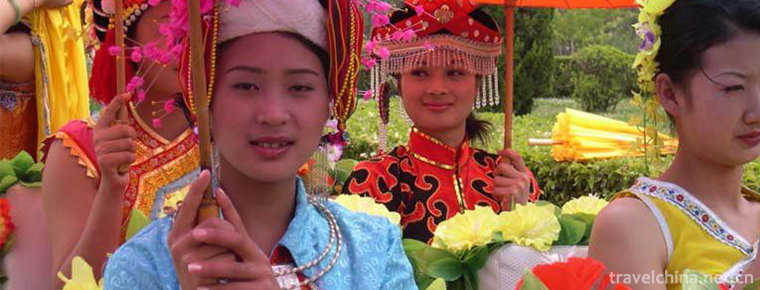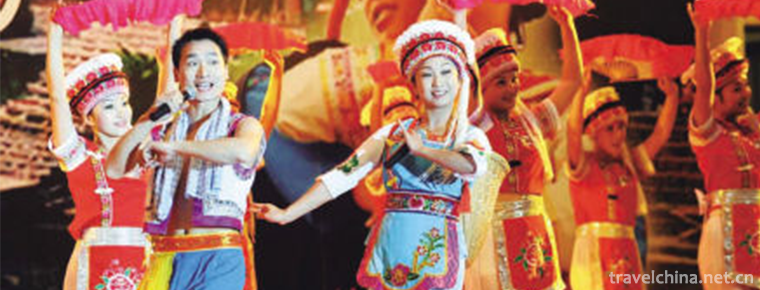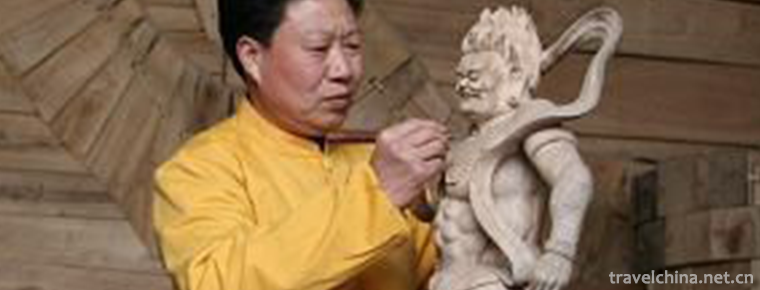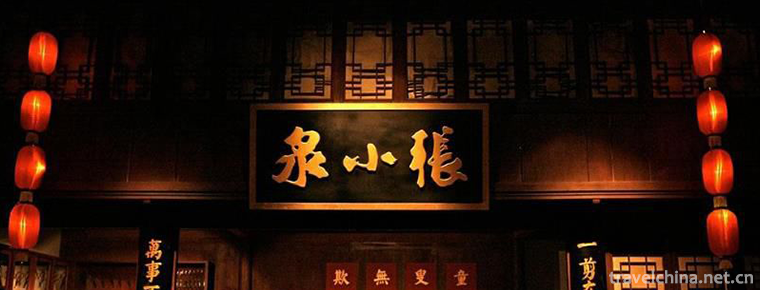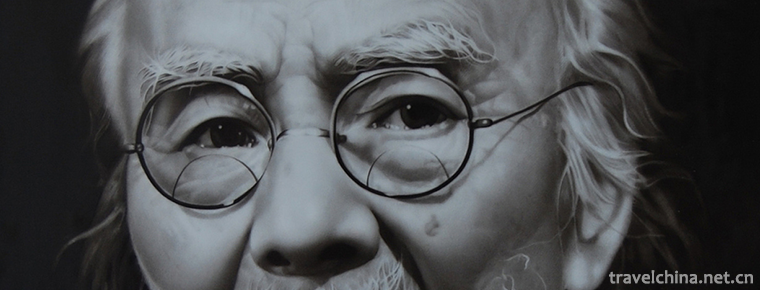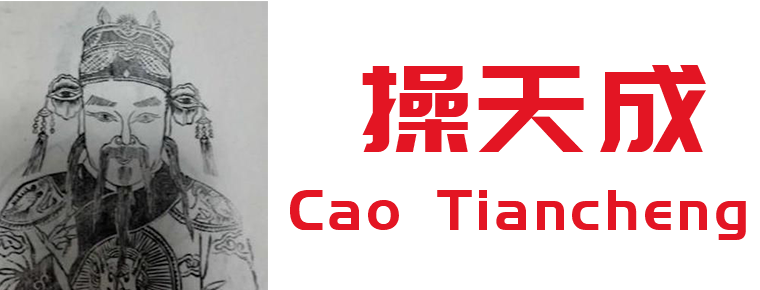Chun an Triangle Opera
Chun an Triangle Opera
Sanjiao Opera is one of the traditional operas in Hangzhou, Zhejiang Province. Chun'an folk custom is still singing and dancing. Every Spring Festival Lantern Festival, there are Nuo operas and various singing and dancing customs in the countryside, especially bamboo and horse dancing. During the Qing Dynasty, after the introduction of Huangmei Tea Picking Opera in Hubei Province and Gandong Tea Picking Opera in Jiangxi Province into western Zhejiang Province, they were combined with folk songs and dances and bamboo horses (bamboo horse classes) to integrate local folk music, local language and customs with the repertoire, tune and performance form of the tea picking opera.
Essential information
Cultural Heritage Name: Chun'an Sanjiao Opera
Date of declaration: 2006
Declarer/Declarator: Chun'an County
Heritage Level: Province
Summary of drama
Chun'an folk custom is still singing and dancing. Every Spring Festival Lantern Festival, there are Nuo operas and various singing and dancing customs in the countryside, especially bamboo and horse dancing. During the period of Guangxu in Qing Dynasty, after the introduction of Huangmei Tea Picking Opera in Hubei Province and Gandong Tea Picking Opera in Jiangxi Province into western Zhejiang Province, they were combined with folk songs and dances, bamboo horses (bamboo horse troupes) and combined with the repertoire, tune and performance form of tea picking Opera, local folk music, local language and customs, and evolved from song and dance to opera. At the end of Qing Dynasty, Sanjiao Opera, a local opera in Western Zhejiang Province, was gradually formed. Dan and Ugly perform a small play, hence the name, also known as the Meiju opera, which is one of the few local operas in the country and is popular in the mountainous areas of Western Zhejiang. Its performances are natural, lively, rough and plain. It takes the performance of life and production as its expressive means, and has a strong flavor of life and local flavor.
Also known as "Muju Opera". "Three-legged Opera" has a source relationship with "Huangmei Tea Picking Opera", "Huagu Opera" and "Jiangxi Tea Picking Opera". Because there are only two or three roles in each play, the actor has only one ugly life, so it is called "Three-legged Opera"; because Chun'an County is a Muzhou in ancient times, it was named "Muju Opera" after liberation. Sanjiao Opera was put on stage in late Qing Dynasty and early Ming Dynasty. Most of the performances were small plays, reflecting the daily life of farmers, small businesses and small industrialists. The performances were singing and dancing. The singing tunes were mostly local folk tunes, with strong local flavor, and were popular with the masses. After liberation, there was only one professional theatre troupe, which adapted traditional operas such as "Herding Cattle" and "Nanshan Seeding Wheat" and participated in provincial opera performance and won prizes. In the late 1980s, professional theatre troupes were abolished and only a few amateur theatre troupes now perform occasionally.
Historical development
In the 16th year of Guangxu in Qing Dynasty (1890), Xu Longfu (Chun'an people) of Song Village, Liapu Township, Kaihua, first started the "Three-legged Opera Troupe". Through Xu Longfu's art transmission, Sui'an and Chun'an have a group of three-legged opera artists. Since then, Sanjiao opera has taken root and developed in Chun'an. Previously, most of the amateur classes were semi-agricultural and semi-artistic, but they still retained the form of bamboo and horse classes, but added the performance of three-legged dramas. This kind of troupe club, called "three-legged troupe", usually has four or five actors, such as Sheng, Dan and Ugly, and two or three drummers. Later, there appeared a semi-professional class club organized by three-legged opera artists, which specializes in performing instead of jumping on bamboo horses. This increasingly professional opera troupe society, known as the "three-legged opera regular class", performs on grass terraces, ancestral temples and tables in rural areas in the off-farm season. There are seven or eight actors in the regular class (including Zhengsheng, Zhengdan, Laosheng, Laodan, etc.) and three or four drums and gongs.
In the early period of the Republic of China, there were more than ten bamboo horse troupes and one or two regular troupes in Chun'an. In the 1920s and 1930s, more than 50 bamboo horse troupes (up to 90 at most) and 10 regular troupes of tripod operas were developed. This is the heyday of Tripod. At that time, the most active areas of Sanjiaoban were Chun'an Dongxiang, Nanxiang and Xixiang on the South Bank of Xin'an River.
In the first year of the Republic of China (1912), Xu Longfu's apprentices Liuzhang Rong and Xu Zhangshou successively went to Dayuan Village in Sui'an to pass on their art. They set up the "Dayuan Sanjiao Troupe" and began to combine with the Lion Troupe (dancing the lion first, performing acrobatics and martial arts later). By the time the second generation of class leader Yu Miaogong changed to combine with the bamboo horse squad, dancing bamboo horses in the daytime and performing trichotomy in the evening.
The bamboo horse troupe of the three-legged opera is generally called the bamboo horse troupe of a village or the New Year's troupe (that is, the troupe Club performing during the New Year). The regular class of Sanjiao Opera has few fixed class names, and the regular class of the fifth class names takes the name of the class master. More famous are Chun'an Fang Shijie Class, whose team is mostly Chun'an's more famous three-legged actors, such as Xiaosheng Zhu Baixiang, Xiaodan Jiangdegao, clown Fang Zhangshun, Zhengsheng Shao Lujia, Zhengdan Jianggou and so on.
In the 1940s, because the regular troupe of Sanjiao Opera did not have a set of rules for the whole troupe and the troupe, it was impossible to perform a performance, enter the city and maintain the performance. Tripod opera is declining day by day, and the number of tripod troupes is decreasing. Most artists abandon their art and return to their fields. At that time, some regular classes changed to Hui Opera, performing Hui Opera between classes or singing Sanjiao Opera in Hui tune, which was called "half class" by artists. After the victory of the War of Resistance Against Japan, the regular class changed to half class. In the 36 years of the Republic of China (1947), the last regular troupe of Sanjiao Opera in Chun'an was disbanded, and half of the troupe could only perform in mountainous areas.
Performance repertoire
Traditional operas can be divided into two categories: big operas and small operas: 24 editions, which are basically 24 turnovers, such as "horse house pushing girls", "Blue Bridge Club", "Zhang Sankai Tu", "Torture Red Plum", "Jinlian delivering tea", "Shanbo visiting friends". Small operas include "148" such as "Three dwarfs herding sheep", "Flower Line", "Nanshan Seeding wheat", "Seeing Phantom" and "Replenishing the vat". 》 "Looking at the Lantern", "Down Nanjing", "Stealing Bamboo Shoots", "Bundling the Back" and so on. After the founding of New China, Chun'an has been reorganized and adapted into 11 traditional dramas, such as "Nanshan Seeding Mai", "Shepherd", "Back-filling Zang", "Watching Flower Lantern", "Xia Nanjing", "Loose Cloth", "Picking Lang", "Jinlian Giving Tea", "Garden Record", "Wujin Ji" and "Lianhua An". The modern dramas of creation and performance include "Rain Passes the Day and Clear", "Glorious Banner", "Valley Chaoyang", "Xin'anjiang People", "Close Forest", "Tiemen Gate" and so on. The new historical dramas of creation and performance include "Hairui Fighting Stone", "Hairui Trial Stone", "Fang La Uprising", "Fang Baihua" and so on. There are 72 modern operas transplanted from another troupe and 65 ancient costume operas transplanted from another troupe.
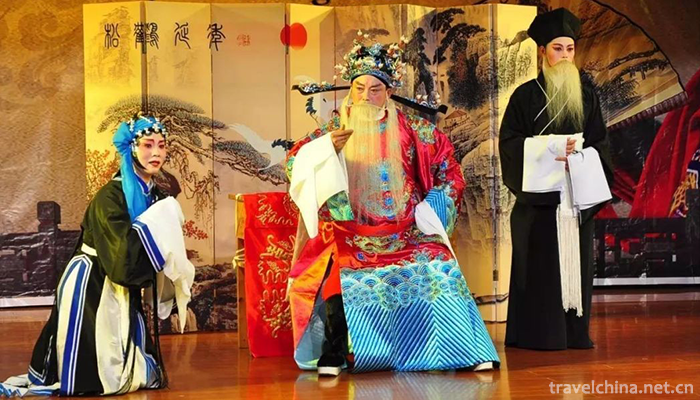
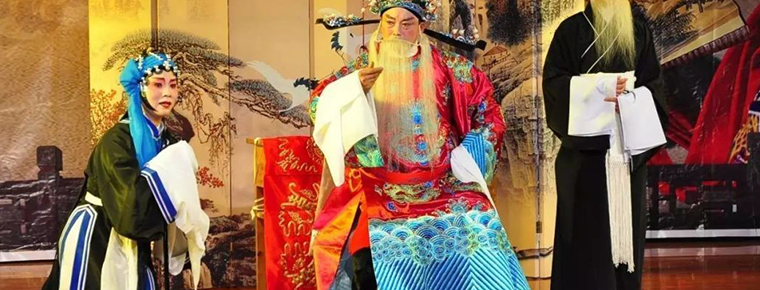
Chun an Triangle Opera
-
Zhengzhou Xiao Ji stewed noodles
Zhengzhou Xiao Ji stewed noodles,Xiao Honghe, the founder of Xiao Ji Yanmian, was a master of Yifumian at Changchun State-owned Hotel in Zhengzhou.
Views: 199 Time 2018-11-26 -
Eight Zhai ditch
Bazhaigou, located in Dongli Village, Guitai Town, the hinterland of 100,000 mountains, more than 50 kilometers northwest of Qinbei District, Qinzhou, Guangxi Zhuang Autonomous Region
Views: 114 Time 2018-12-24 -
martial art of emei
Emei Wushu is one of the traditional Chinese Wushu schools, and its birthplace is Emei, a famous mountain in China. Including the worldwide spread of "Five Flowers"
Views: 138 Time 2019-04-28 -
Nu Fairy Festival
Fairy Festival is a traditional folk festival of Nu people in Gongshan area of Yunnan Province. The local flower festival, also known as the Flower Festival, is held on March 15 of the lunar calendar
Views: 311 Time 2019-06-08 -
Sangzhi Folk Song
Sangzhi folk song originated from the ballads of the ancestors'daily production and life in the primitive farming period. It is a kind of folk music culture created, Sung and accumulated by the people
Views: 149 Time 2019-06-12 -
Skills of Dry Lacquer and Ramie in Tiantai Mountains
As early as the Eastern Jin Dynasty, dry lacquer and ramie had been used in Tiantai folk. Through the continuous efforts of the substitute craftsmen, their skills gradually matured. In the mid-Tang Dy
Views: 216 Time 2019-06-21 -
Forging Skill of Zhang Xiaoquans Scissors
In 1663, Zhang Xiaoquan's scissors were first created in Hangzhou, and later became one of the famous "five Hangzhou" products. The development of "Zhang Xiaoquan" scissors has exp
Views: 292 Time 2019-07-25 -
Cao Tiancheng
Cao Tian Cheng, Sui Dynasty people. According to the history of Sui Dynasty in the twenty four histories, Cao Tian is also known as "Tiancheng". Ask for advice Bo Yang, Jiangxi. At the end o
Views: 218 Time 2019-09-14 -
Seven Star Mountain tower
The Seven Star Mountain tower, commonly known as the black tower, was built in the Jiajing period of the Ming Dynasty (1522-1566). It is the brother tower of Dongshan white tower. It is on a peak of Qixing mountain in Taba village, Nanguang Town
Views: 385 Time 2020-10-16 -
The tertiary industry of Panzhihua
In 2018, the total retail sales of consumer goods in Panzhihua reached 36.126 billion yuan, an increase of 10.8%. In terms of business location, the retail sales of consumer goods in urban areas were 33.036 billion yuan, an increase of 10.7%; the retail sales of consumer goods
Views: 226 Time 2020-12-14 -
Mineral resources in Suining
The mineral resources with more reserves in Suining City mainly include oil, natural gas, well salt, placer gold, limestone, etc., especially natural gas and brine resources. Suining has developed and utilized 7 kinds of mineral resources, including shale mine
Views: 218 Time 2020-12-16
